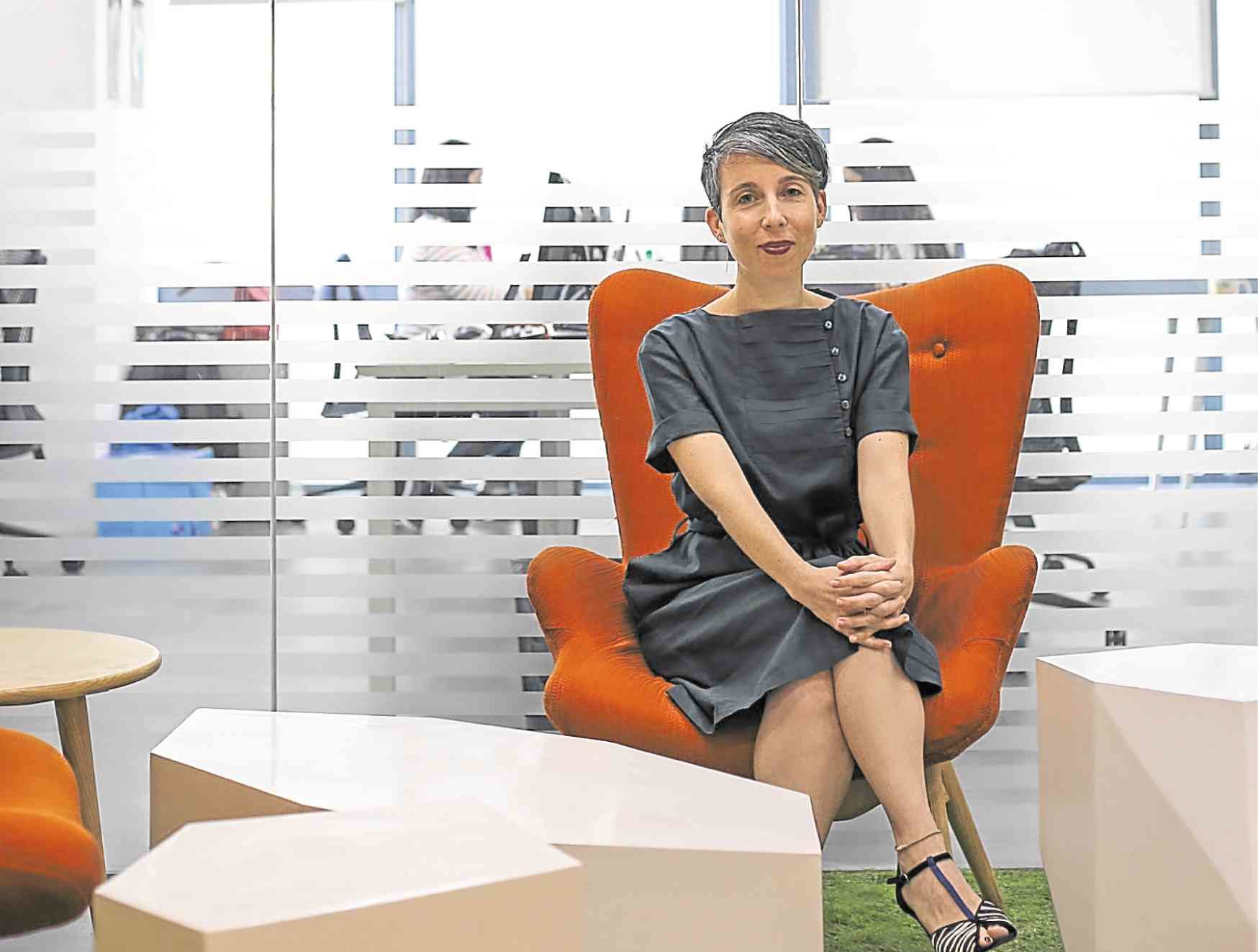When it comes to fast-moving consumer goods, the Philippines shows a consistent love for two things: instant noodles and instant coffee.
That’s according to the 2019 edition of the Asia Brand Footprint report, published annually by global data, insights and consulting company Kantar’s Worldpanel Division.
Specifically, local brand Lucky Me has, for the fourth consecutive year, surfaced as the “most chosen brand” by Filipinos (98 percent of households), followed by instant coffee brand Nescafé (84 percent). Another coffee brand, Kopiko, is fifth on the list (72 percent).
Asia Brand Footprint ranks brands in seven Asian markets (the Philippines, China, Indonesia, Korea, Malaysia, Taiwan and Vietnam) in terms of consumer reach points, a metric for identifying how many households in these markets are buying a brand (penetration) and how often (frequency), in order to provide a real representation of shopper choice.
The full global report, which analyzed over 21,000 brands and 72 percent of the world’s population in 49 countries, can be accessed at www.kantarworldpanel.com/brandfootprint.
Included in the Philippines’ top five are laundry detergent brand Surf (89 percent) and condiments brand Silver Swan (80 percent).
Marie-Anne Lezoraine, newly appointed general manager of Kantar Worldpanel Division Philippines, says these brands, while staple household names, are able to sustain market leadership because they constantly work in reaching new customers.
“These brands not only appeal to a large majority of households, but also consistently make efforts to be the chosen brand as often as possible,” says Lezoraine, who brings to the country over 15 years of experience in market research and insights.
Prior to her current post, Lezoraine spent over a decade in the United Kingdom with Europanel (the joint partnership between Kantar and Growth for Knowledge for panel services). She also has experience working as Kantar Worldpanel Division Indonesia’s international insight director.
“The fastest growing brands have expanded their reach beyond their original target. They have done so through targeting new shoppers and addressing new needs or consumption occasions—with all of this supported by a strong media presence,” she adds.
The good news for brands in the Philippines is that Filipinos shop multiple times a week—which equates to “a wide number of potential baskets for brands to be featured in,” Lezoraine says.
Brands should, therefore, rely not just on existing clients’ behavior and brand loyalty, but also understand their nonbuyers and the reasons for their lack of patronage. One crucial component, Lezoraine says, is presence.
“Presence is super important—mental and physical availability. People need to be aware of the brand, and they also have to consider buying it. Being physically available in different stores, in all possible channels, is also very important, and beyond that, there’s that element of innovation when it comes to promotion that is unique to each category and brand,” she says.
